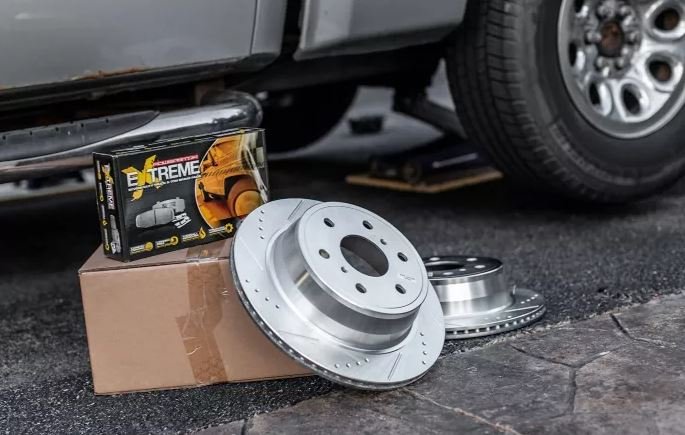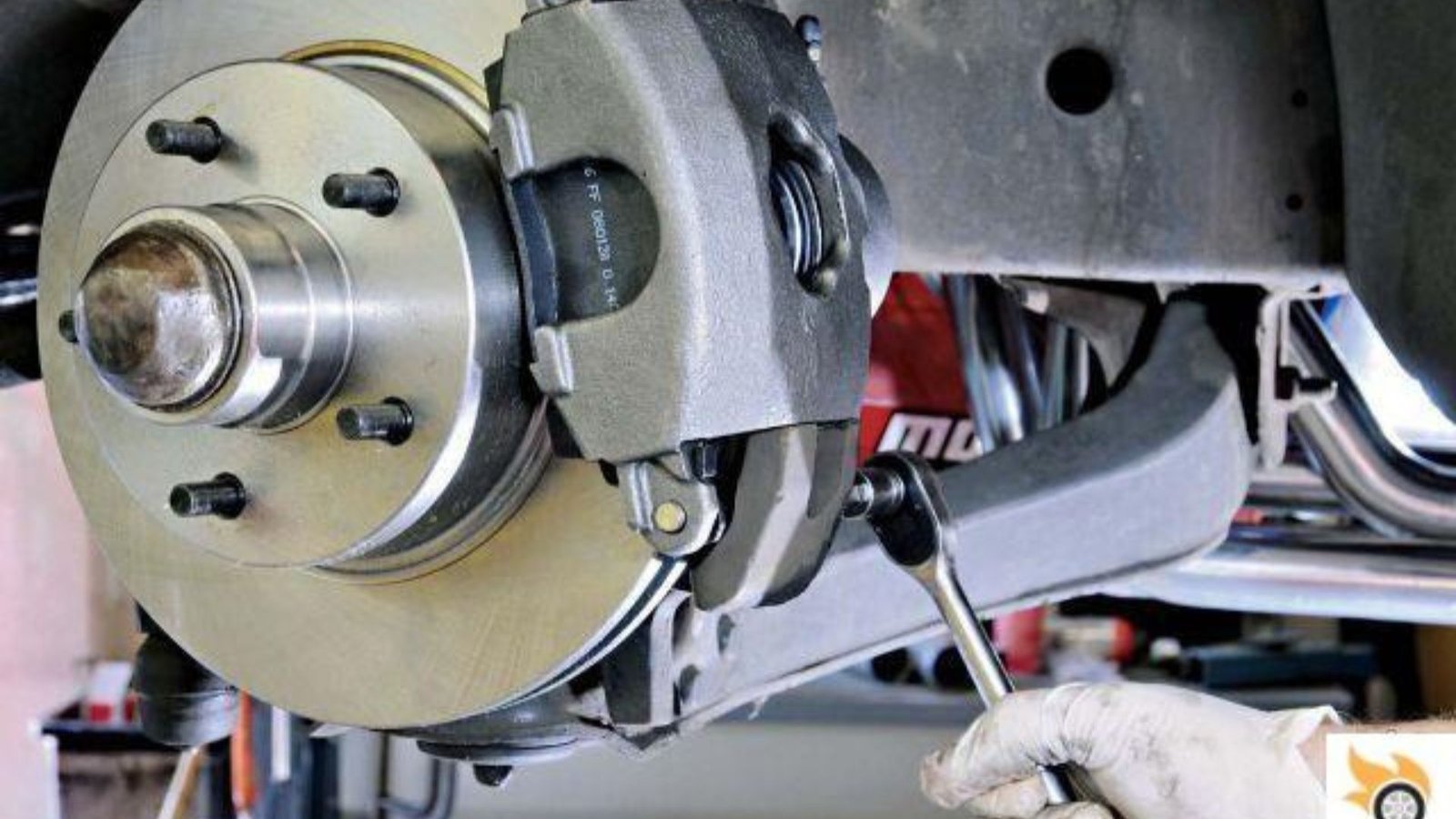Upgrading your brakes can significantly enhance your vehicle’s performance, safety, and driving experience. Whether you’re looking to improve stopping power, reduce brake fade, or achieve a more responsive feel, choosing the right brake upgrade is crucial. This guide provides valuable insights into upgrading your brakes to help you make informed decisions.

1. Assess Your Current Braking System
Before upgrading, evaluate your current braking system to understand its strengths and limitations. Consider factors such as braking performance, pedal feel, and any issues like noise or vibration. This assessment helps you identify what improvements you need and what upgrades will be most beneficial.
2. Consider Performance Brake Pads
Upgrading to high-performance brake pads can provide better stopping power and improved heat dissipation. Performance pads are designed to handle higher temperatures and provide consistent braking performance. Look for options that offer a balance of low noise, minimal dust, and enhanced braking efficiency.
3. Upgrade to Slotted or Drilled Rotors
Slotted or drilled rotors enhance braking performance by improving heat dissipation and reducing brake fade. Slotted rotors feature grooves that channel away gas and dust, while drilled rotors have holes that increase ventilation. Both options provide better performance compared to standard rotors.
4. Explore High-Performance Calipers
High-performance calipers can improve braking response and provide more even pressure distribution across the brake pads. Upgrading to multi-piston calipers can offer increased clamping force and improved braking stability. Ensure compatibility with your vehicle’s existing setup before making a purchase.
5. Consider Upgrading Brake Lines
Upgrading to stainless steel braided brake lines can enhance braking performance by reducing flex and improving pedal feel. These lines offer better durability and consistency compared to standard rubber lines. They can also provide a firmer brake pedal and quicker response.
6. Evaluate Brake Fluid Quality
High-quality brake fluid can improve braking performance and safety. Consider upgrading to a performance brake fluid with a higher boiling point to reduce the risk of brake fade under heavy braking conditions. Regularly check and replace brake fluid to maintain optimal performance.
7. Ensure Proper Installation
Proper installation is crucial for maximizing the benefits of brake upgrades. Whether you’re performing the upgrade yourself or having it done by a professional, ensure that all components are installed correctly and that the system is properly bled. Incorrect installation can lead to reduced performance and potential safety issues.
8. Test Your Upgraded Brakes
After upgrading, thoroughly test your new braking system to ensure it performs as expected. Pay attention to factors like stopping distance, pedal feel, and overall performance. Make any necessary adjustments or refinements to optimize the system.
9. Maintain Your Upgraded Brakes
Regular maintenance is essential to keep your upgraded brakes in top condition. Follow the manufacturer’s recommendations for brake pad replacement intervals, rotor maintenance, and brake fluid changes. Regular inspections help ensure that your braking system remains reliable and performs well.
10. Consult with a Professional
If you’re unsure about which upgrades are best for your vehicle or need assistance with installation, consult with a professional mechanic or brake specialist. They can provide expert advice and ensure that the upgrades are suitable for your driving needs and vehicle specifications.
Conclusion
Upgrading your brakes can significantly enhance your vehicle’s performance, safety, and driving experience. By considering options such as performance brake pads, high-quality rotors, and stainless steel brake lines, you can achieve better stopping power and improved pedal feel. Ensure proper installation and regular maintenance to maximize the benefits of your brake upgrades and enjoy a safer and more responsive driving experience.




